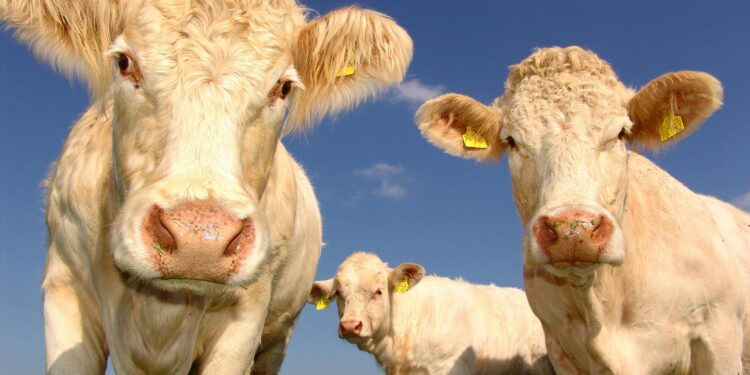Bird flu’s rate of contagiousness on a scale of 1 to 10, with 1 being mild and 10 being extreme, will move toward the extreme. Yes, bird flu, also known as avian influenza, is highly contagious and affects birds, particularly poultry such as chickens, ducks, and turkeys. Bird flu, just like any other human sickness, has the potential to be fatal. This virus, which affects poultry birds, has the potential to cause economic loss in the business.
The 2024 bird flu outbreaks have been affecting poultry birds and now dairy cows in the United States. On April 1st, a person in Texas, United States was reported to have been tested positive for highly pathogenic avian influenza (“H5N1 bird flu”). Apparently, the affected person was purportedly exposed to cattle affected by the HPAI A(H5N1) viruses. The virus is evolving, as shown by cross-species transmission. Let’s explore this topic further.

What Is The Bird Flu Causative Agent?
The influenza virus comes in three main varieties: A, B, and C. Influenza A is the most varied kind of influenza and affects humans, birds, and other mammals. But there is a subtype strain of influenza A known as H5N1. The proteins neuraminidase (N1) and hemagglutinin (H5) combine to form H5N1. The virus’s surface has a protein type called H5, which aids in its attachment to host cells. N1 on the other hand is a protein type that lets the virus leave infected cells.
Basically, one of the types that causes the bird flu is the H5N1 strain.
How Does Bird Flu Spread To Birds?
H5N1 can be easily spread to birds via their droppings and aerosols. When a bird becomes infected with this virus, it sheds it in its saliva, mucus, and feces.
These body fluids and droppings can contaminate the water, food, and land that healthy birds walk on. This can be spread to healthy birds through close contact or inhalation of contaminated air containing infectious droplets from the birds’ sneezes and coughs.
The specific cause of how bird flu affects cows is still being investigated. However, it could be through indirect interaction with diseased birds. The cows can contract it from saliva, droppings, water, or aerosols infected by the virus.
What Is The Impact on Cows?
Infected cows have symptoms such as reduced feeding (lack of appetite), fever, and an uncomfortable physical appearance. But the most significant symptom is a decrease in milk production, which reduces farmer income.
This affects a large number of cows at once because they move in herds, and when one cow contracts the virus, it is easier for the others to catch it due to close contact.
Bottom Line
The unforeseen spread of bird flu affects not only birds, but also cattle. Cows infected with H5N1 exhibit symptoms such as loss of appetite and physical pain. Above all, their milk production decreases, which affects farmers.
Fortunately, the death rate among cows is minimal. There are ongoing efforts to manage the virus and keep the outbreak limited.

















